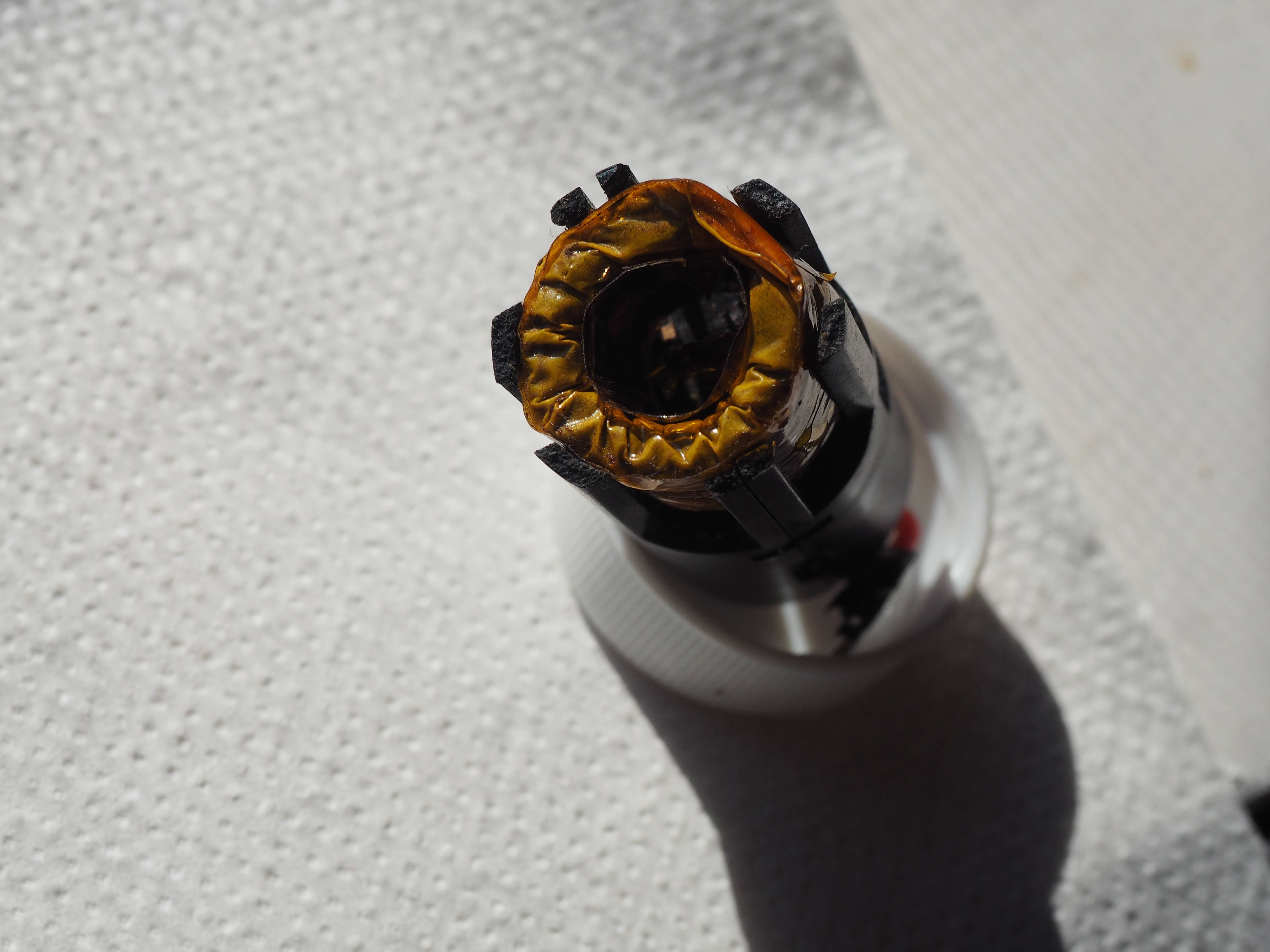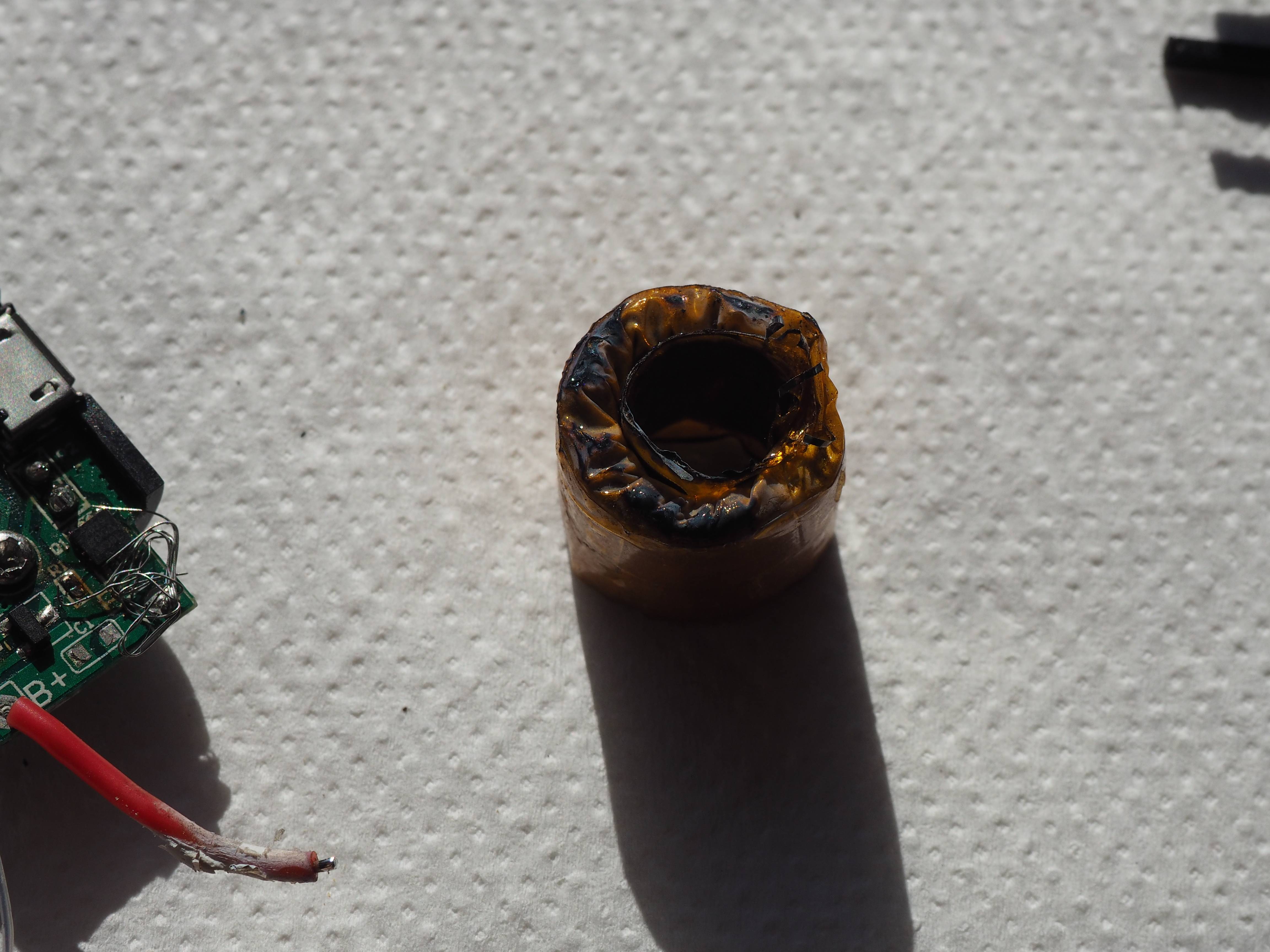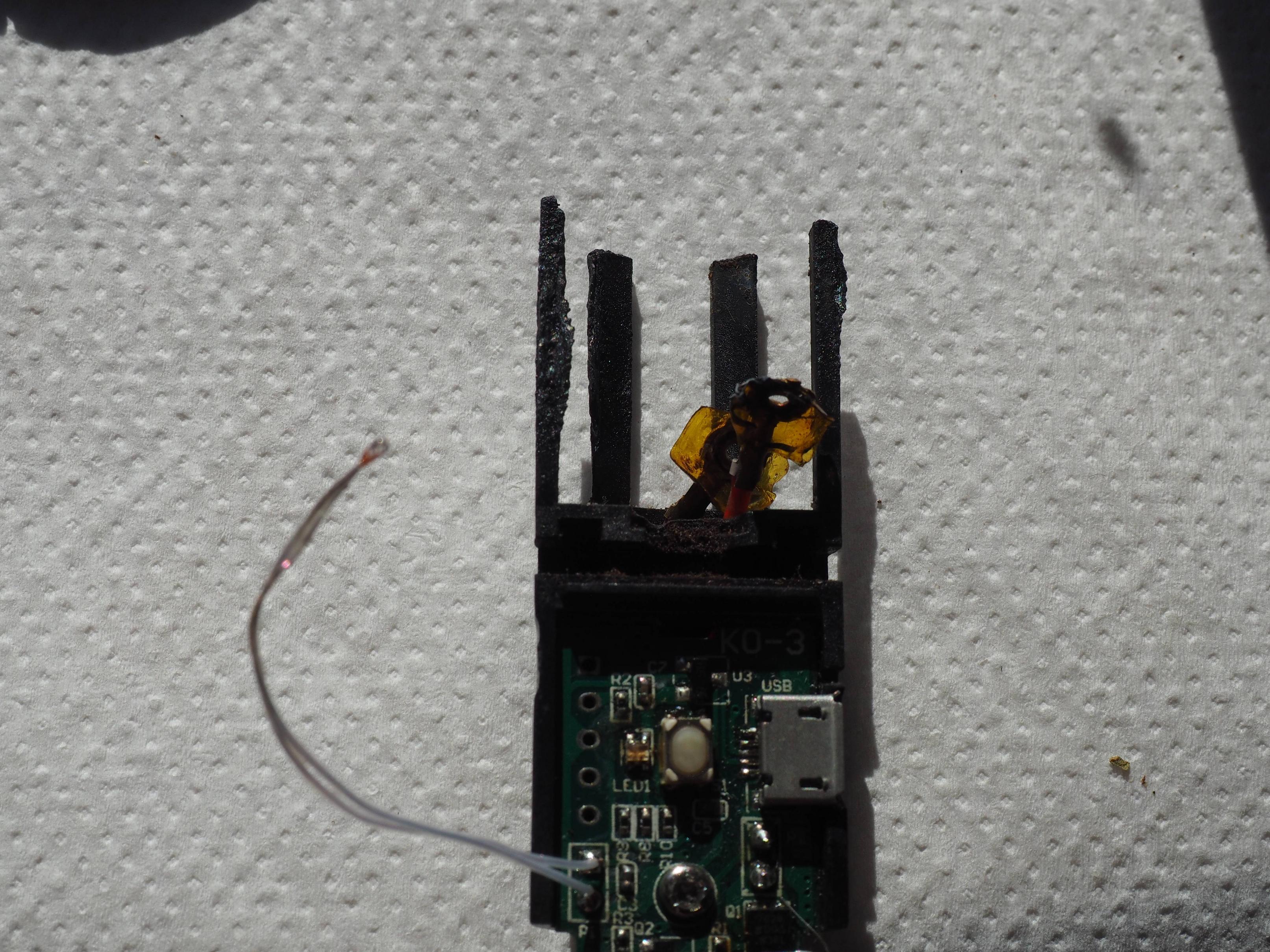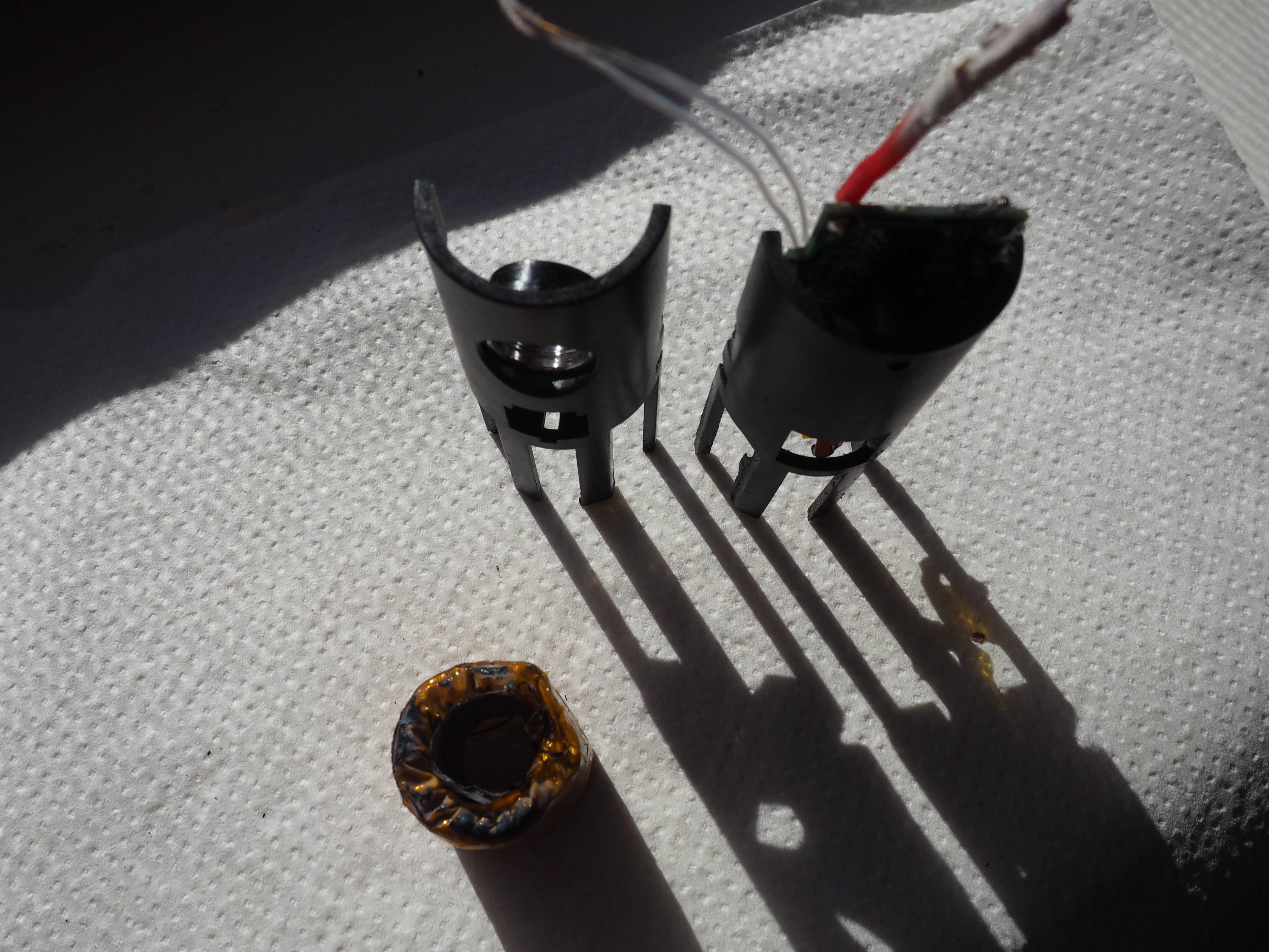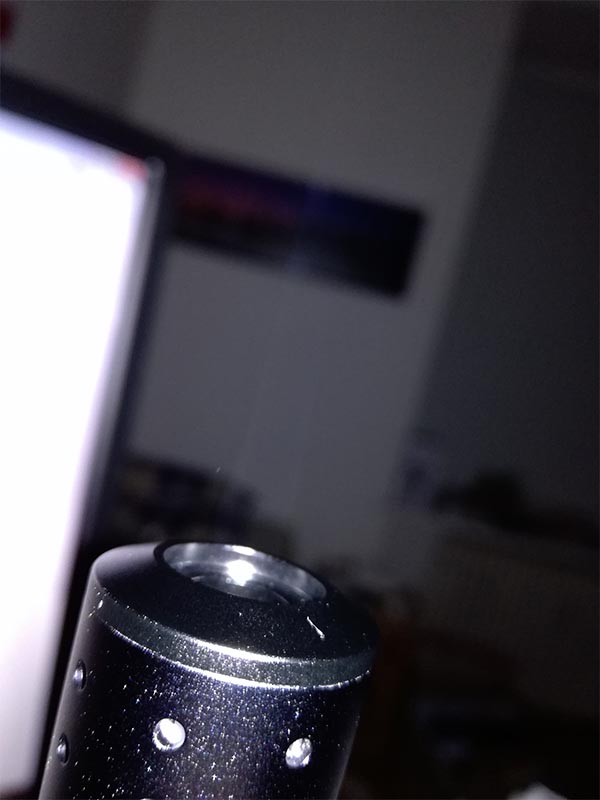I used a TM902C digital thermometer with Type K temperature probe for the measurements. I've checked the calibration of my meter and it is OK.
Thanks for the puck idea. It's working better than grinding. No more flying bits to clog up the mouthpiece holes, and the load warms up faster.
Which air leak are you talking about on the Ascent? I noticed that air gets in through the big crack where the chamber meets the main body? I tried using a big screen to hold the load against the chamber body for max heat conduction, and the Herbstick Eco still kicks its ass.
Thanks for the puck idea. It's working better than grinding. No more flying bits to clog up the mouthpiece holes, and the load warms up faster.
Which air leak are you talking about on the Ascent? I noticed that air gets in through the big crack where the chamber meets the main body? I tried using a big screen to hold the load against the chamber body for max heat conduction, and the Herbstick Eco still kicks its ass.
What did you use for your temperature measurements if I may ask?
Be it in the Ascent or this vape, or any conduction vape in fact, I always recommend to use the "puck technique". Tamp your load quite hard using a flat tool and make a small puck. This way you don't have to fill the bowl fully and it maximizes the contact surface area with the oven walls and removes air from the load, as this is how conduction works, by contact.
Then draw much more softly than in your other vapes (even more in the Ascent which you can only sip at best) If you get a rising puck or flying bits of material it means you are drawing too hard. It's not easy to self-regulate at first but with practice you should get better results. Just open the bowl and push back the puck in place.
PS: for the Ascent you also need to fix the air-leak but this is another story...



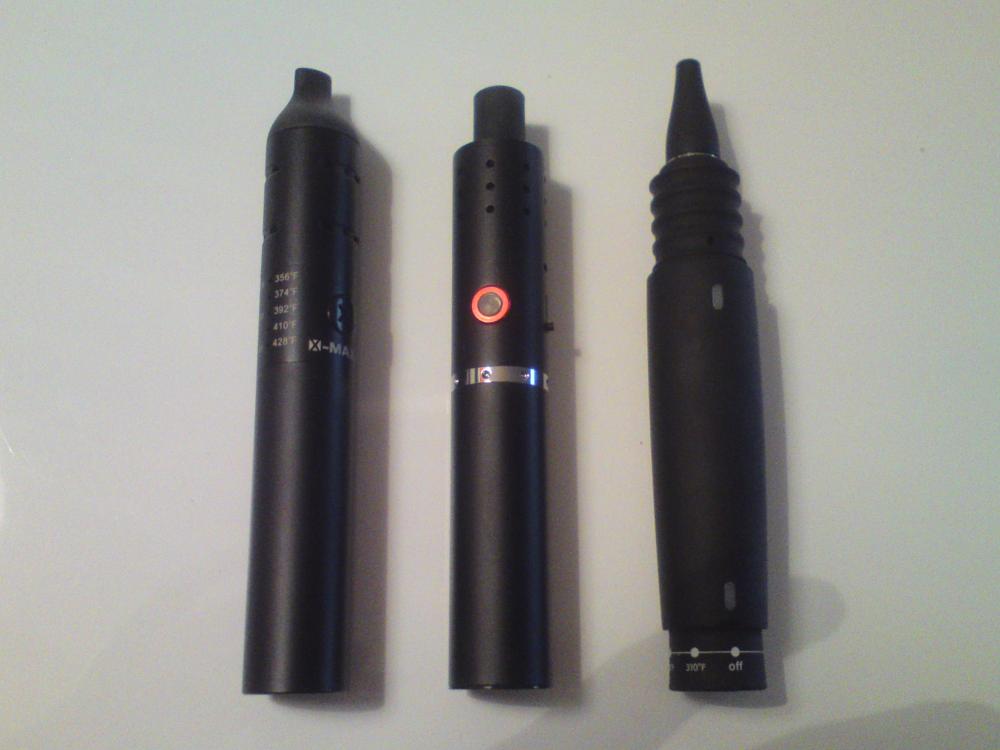
 .
. !
!